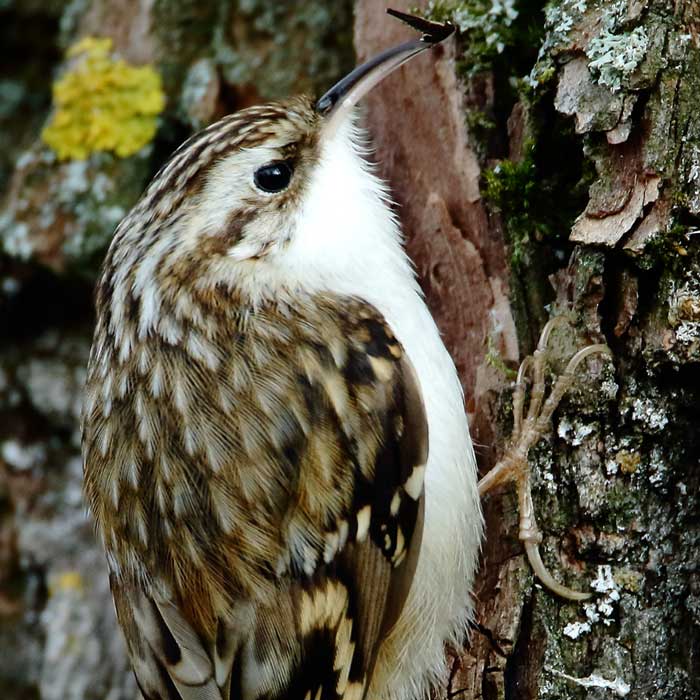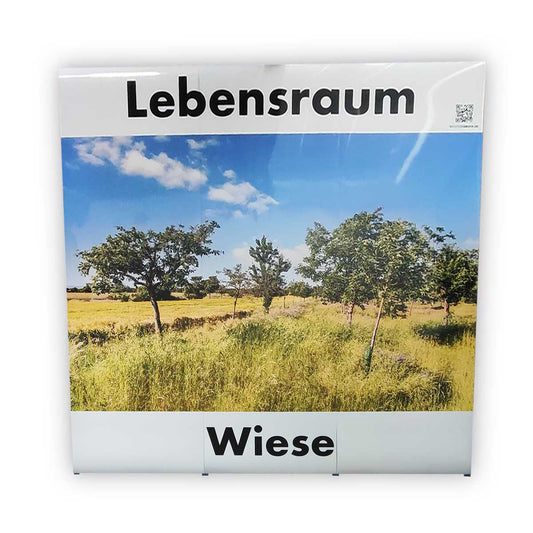
treecreeper
The Short-toed Treecreeper, a fascinating inhabitant of our forests and gardens, is an important component of the ecological balance and an indicator of the health of forest ecosystems. This fact sheet provides a detailed overview of the biology and ecology of the Short-toed Treecreeper and highlights the importance of protecting its habitats and sustainable management.
treecreeper Products
-
Animal display treecreeper with trunk
Regular price From 9,90€Regular priceUnit price / per -
Animal display treecreeper with trunk - outdoor set
No reviewsRegular price 15,30€Regular priceUnit price / per -
Pop-Up Wall "Forest Habitat"
No reviewsRegular price 300,00€Regular priceUnit price / per -
Pop-Up Wall "Forest Habitat"
No reviewsRegular price From 1.200,00€Regular priceUnit price / per -
Animal display garden treecreeper
Regular price 9,90€Regular priceUnit price / per
Profile: treecreeper
-
Scientific classification
- Class: Aves (birds)
- Order: Passeriformes (Passerines)
- Family: Certhiidae (treecreepers)
- Genus: Certhia
- Species: C. brachydactyla (Small Treecreeper)
-
Physical characteristics
- Size: Body length of 12-14 cm
- Weight: 7-12 g
- Special features: Brown colored plumage, striped upper side, whitish belly, long, curved beak, short legs with strong claws, characteristic flying manner along tree trunks.
-
Habitat and distribution
- Common regions: Europe, especially in temperate forests and parklands
- Habitat: Deciduous and mixed forests, gardens, parks, prefers areas with old trees and plenty of dead wood.
-
Nutrition
- Diet: Insectivore
- Typical food: small insects, larvae, spiders, eggs, occasionally berries and seeds.
-
Reproduction and lifestyle
- Breeding season: spring to summer
- Nest building: In tree crevices, under loose tree bark or in nest boxes
- Number of eggs: 5-7 eggs per clutch
- Brood care: Both parents participate in the breeding and feeding of the young.
- Social structure: Mostly in pairs or small family groups.
-
Lifespan and protection status
- Life expectancy: Up to 5 years
- Endangered status: Not endangered, but population declines possible due to habitat loss and intensive forestry.
- Protective measures: Preservation and protection of old tree stands and dead wood, creation of nesting boxes and ecological compensation areas.





